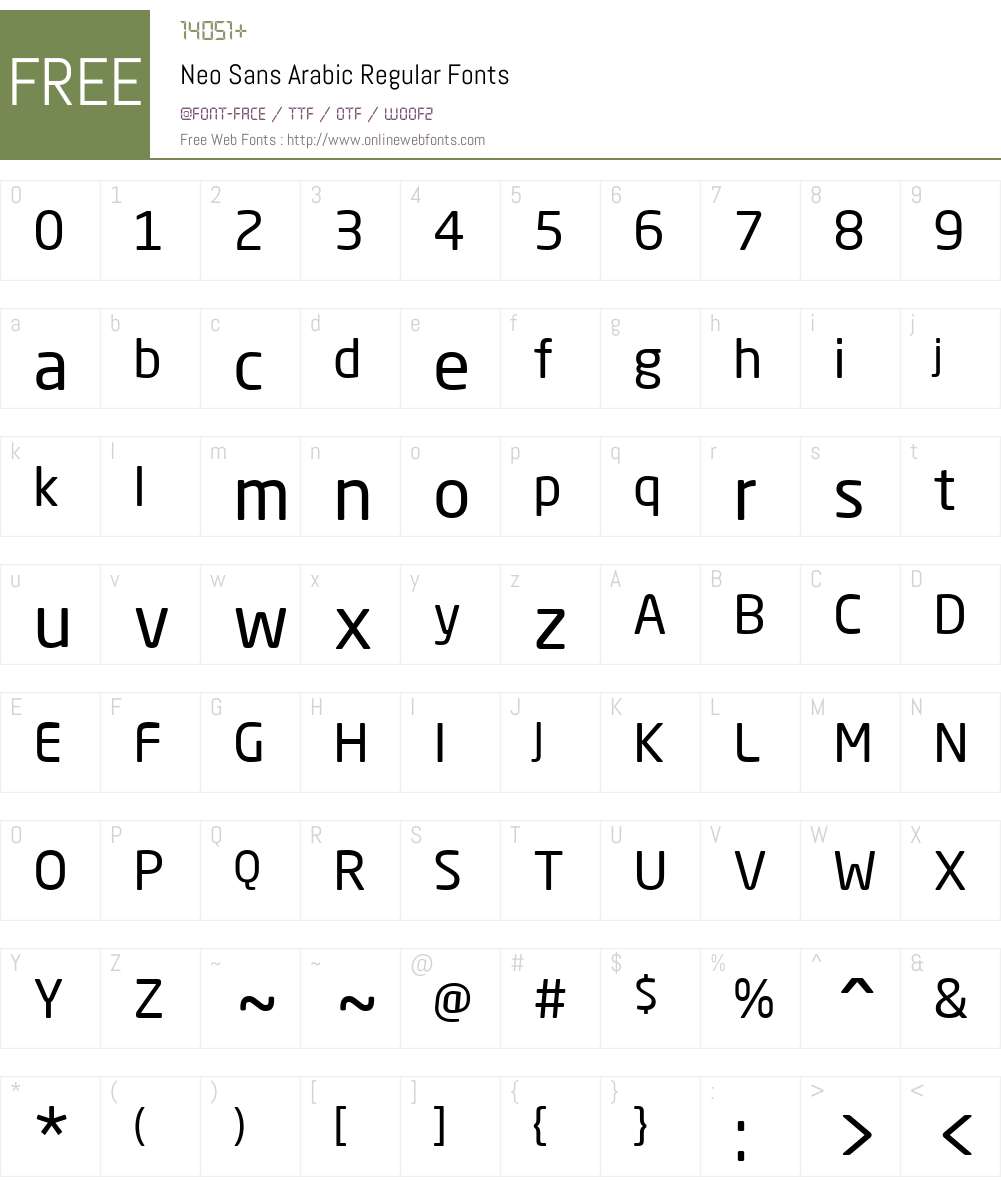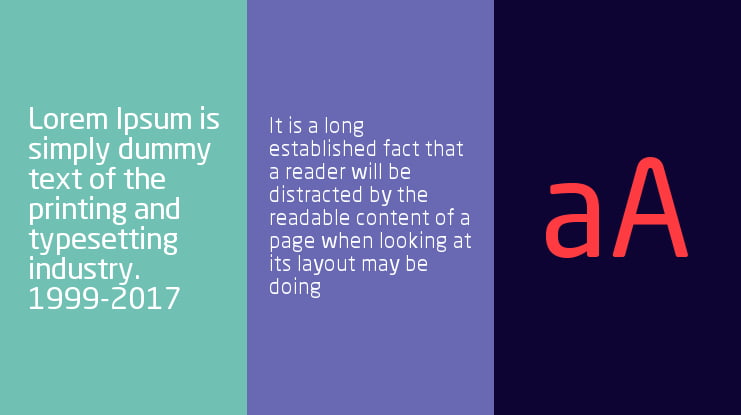

If the husband breached these clauses, such as by taking a second wife or bedding a concubine, the wife had full right to divorce and would be supported by the Islamic judiciary. But marriage contracts in the city of Kairouan were an exception and included clauses whereby a husband pledged fidelity to his wife. A man can marry up to four women, provided that he can treat them equally. "Polygamy had been common in pre-Islamic societies and was, as it continues to be, conditionally permitted in Islam. Especially in the Maghreb, customary law played a critical role in modeling accepted legal and judicial practice."
#Neo sans arabic font code
Though rooted in the lessons of the Qur'an, the code was influenced by social custom and demand, underscoring that Shari'a is a human product, far from being absolute or static. "Kairouan became famous for producing a legal code that was centuries ahead of its time in terms of granting women rights in matters of marriage and divorce-rights that are still absent in almost all Arab and Muslim-majority countries. What I thought I would do-and I rarely do this-is I will read from one page of the book to get this conversation started, and I really look forward to the conversation part of it. It is under stress, it is a fragile democracy, it is a nascent democracy, but I think there is a lot to be hopeful about. That is also not to say that Tunisia is home safe. In Tunisia, as Joanne mentioned, I found inspiration, I found some hope, but I also found a little bit of despair because, as you will see, many of the ingredients that I argue have facilitated democratic transition in Tunisia are absent in the rest of the Arab world.

The topic that we are discussing is, of course, democracy and the Arab world in general, and what comes out of the Arab world, is a cause for interest, if not concern, by many of us around the world. SAFWAN MASRI: Thank you very much, Joanne, for that wonderful introduction, and thank you all for being here this evening. The question is, why? Why did this democratic movement succeed while others failed? Are the factors that contributed to Tunisia's experience really so different from the rest of the region? What makes Tunisia an Arab anomaly?įor the answer to the mysteries of the Arab Spring, please join me in giving a very warm welcome to our guest today, Safwan Masri. Yet, it was only in Tunisia that significant progress toward a functioning democracy has ensued.

From Egypt to Libya, from Bahrain to Yemen and Syria, these uprisings overthrew long-ruling dictators and transformed the region's politics almost beyond recognition. Nearly seven years ago, following the self-immolation of a young food vendor outside the Tunisian capital, a vast wave of protest movements rocked the Middle East. It is the country that sparked the Arab Spring. That beacon of light, as many of you know, is Tunisia. But it would be wrong to abandon all faith, as there is a sense that something positive is taking place, and it is where? In a small country that lies on the coast of North Africa where the transition to democracy has begun. Watching the news these days, it is too easy to dismiss the hope that democracy will ever take root in the Middle East or in North Africa. In it, he provides an analysis that is not only comprehensive, but it is instructive in that it will help us to understand why Tunisia's Arab Spring succeeded when other countries in the region failed to reach their objectives. His discussion today will center on his book Tunisia: An Arab Anomaly and it will be available for you to purchase at the end of the program today. For more about our dynamic speaker, I hope you will take a moment to read his bio, which you all should have received when you checked in this evening. Masri is currently the executive vice president for global centers and global development at Columbia University. I am delighted to welcome Safwan Masri to this Public Affairs program. I'm Joanne Myers, and on behalf of the Carnegie Council I would like to thank you all for joining us. #2 Using CSS directive, put the following line in add to your css file.(http | https) url(//db./c/f6e895d8c1d12739e54a0ca9df6903d5?family=NeoSansArabic) #3 Use font-face declaration Fonts.JOANNE MYERS: Good evening, everyone.


 0 kommentar(er)
0 kommentar(er)
